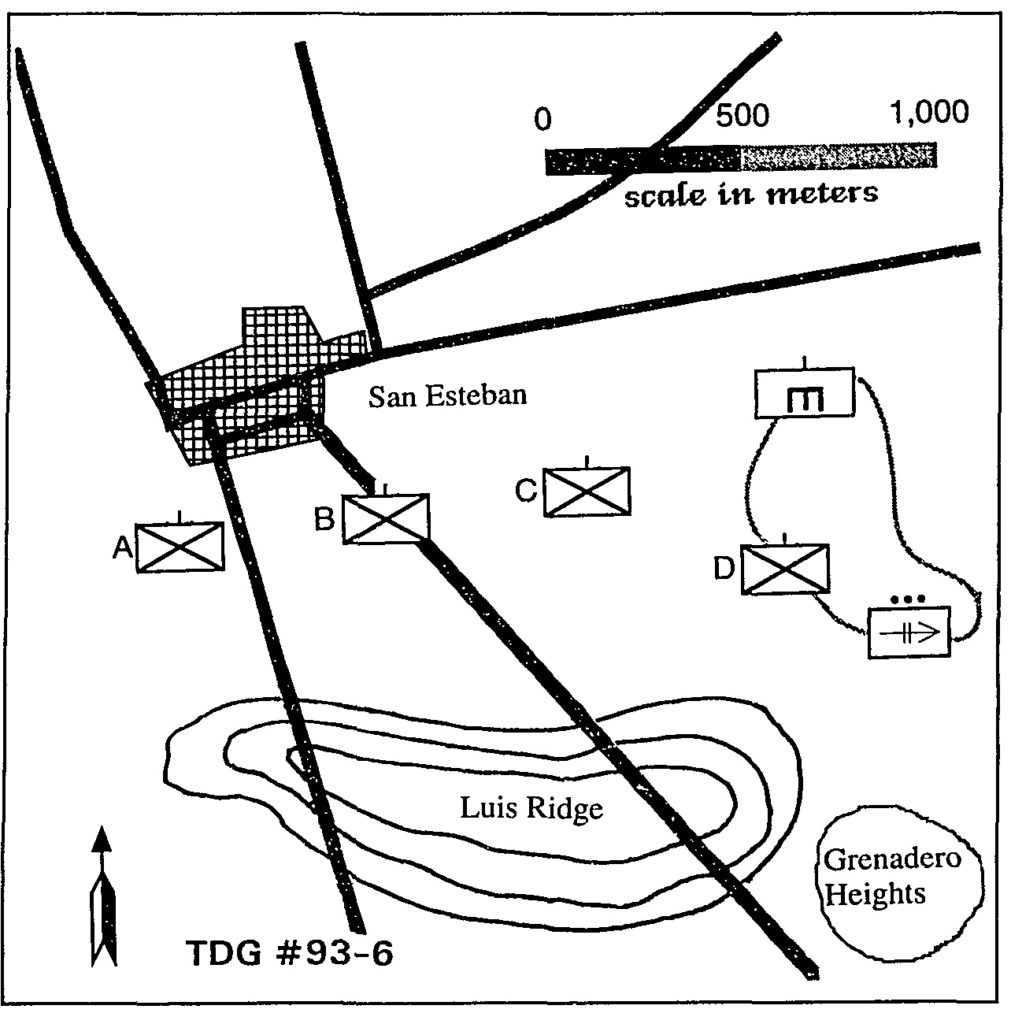Luis Ridge
Posted on May 15,2019Article Date Jun 01, 1993
by Capt Bruce I. Gundmundsson
 It was the kind of war that nobody, except perhaps a few grizzled veterans of the great conventional wars that had ended more than 50 years before, had ever expected America to fight. We were too civilized, the idealists had claimed. We were too interdependent, the business people argued. And even the hard-headed military thinkers were convinced that modern weapons had made all but the briefest wars impossible.
It was the kind of war that nobody, except perhaps a few grizzled veterans of the great conventional wars that had ended more than 50 years before, had ever expected America to fight. We were too civilized, the idealists had claimed. We were too interdependent, the business people argued. And even the hard-headed military thinkers were convinced that modern weapons had made all but the briefest wars impossible.
The impossibility of the current conflict was little comfort to the men on the ground. They were not entirely aware that the wonder weapons, stockpiled over the course of years, had been spent in a matter of weeks; that frequent contact between different cultures could cause more resentment than understanding; or that history was still very much alive. What they were aware of was the hard reality of combat-of fierce fights for hills and villages whose names they could barely pronounce.
It is now the second day of a major enemy offensive. On the first day, he drove us from our prepared positions, penetrating as far as our field artillery positions and even managing to capture some of our guns. Our forward elements, many of which had been caught in the open by artillery concentrations and air attacks, are in poor shape. They are still holding some parts of the old frontline, but they were unable to prevent whole enemy battalions from moving around and behind them.
This morning, you took command of what might be called a “recently reconstituted reserve.” Consisting of the remnants of a number of infantry battalions and combat engineer companies, this force had been organized into 5 understrength rifle companies (with an average of 100 men and 6 machineguns each), a company of combat engineers (80 men with no machineguns), and a platoon of 8 heavy machineguns. With the help of a considerable artillery bombardment, you were able to attack to the south and occupy Luis Ridge by early afternoon. (The ridge, a piece of high ground that sloped gently toward the village of San Esteban, was the point at which the enemy forces had made their greatest penetration into our rear areas.) A few minutes later, your force had been driven off the ridge by an enemy counterattack.
It is now 1500. You are in positions about 500 meters north of the ridge and have just received orders (originating, you are told, from the National Command Authorities) to retake Luis Ridge. As you gather your wits about you to make a plan, you see yellowbrown specks against the green grass and bare white rock of the crest of Luis Ridge. These, you know from hard experience, are the infantrymen of an elite enemy division. Their tactics, which another generation might describe as “human wave tactics,” are crude. Their weapons-rifles, light and heavy machineguns, and the occasional mortar-are basic. Their discipline, however, is fierce and their marksmanship legendary.
The ground between you and the long lines of enemy riflemen is largely open. Here and there is a clump of trees, with the kind of undergrowth that results from fields that have not been cultivated for 4 years. The weather, the only aspect of your situation that might be described as pleasant, is temperate. The sun is out and a cool breeze is blowing.
What are your orders?
Requirement
In a time limit of 5 minutes, prepare the fragmentary orders you would issue to your subordinates, including the intent of your plan and any instructions for the use of supporting arms. Provide an overlay and a brief explanation for your plan. Send your solution to the Marine Corps Gazette, TDG #93-6. P. O. Box 1775. Quantico, VA 22134.




